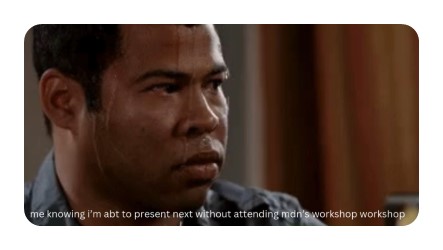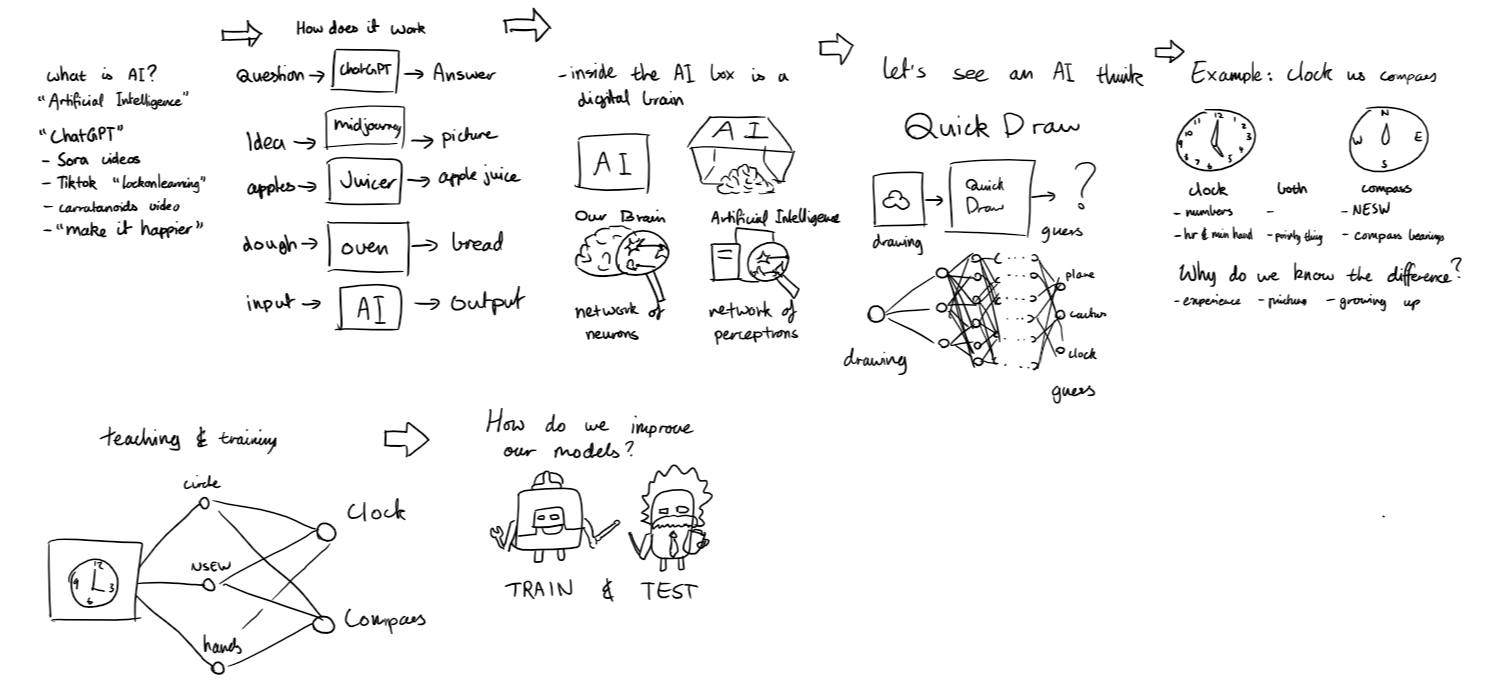Flow
Make it feel like a story, not a lecture!
Ever read a book that just flows so well you can’t put it down?
Your workshop should feel like that – but with less reading and more doing.
💡 What this means:
-
The structure should make logical sense – no jumping from “What is AI?” straight to “Let’s build a GPT-5 Ultra Pro Max Clone in Verilog” or “Time to code a robotic doctor to perform surgery on my papercut.”
Let’s take it one step at a time, yeah? -
It should feel smooth, like a well-edited movie. Transitions between topics should be natural, not like switching channels on a bad TV signal.
-
Use checkpoints to keep people on track (polls, questions, mini demos).
🔍 Ask yourself:
✅ Does one section flow smoothly into the next like a narrative?
✅ Would someone with zero context be able to follow along?
✅ Are there natural pauses to check for understanding?
✅ Is there enough discussion with the audience?
🎯 Example:
Instead of dumping all the theory at the start and hoping attendees stay awake, start with something engaging – a quick AI demo, a meme, or even a question like “What’s the dumbest thing an AI has ever said?”

✍️ Narrative Structure in Practice
Each section of the workshop should lead smoothly into the next – like a good story.
Don’t treat it as separate pieces you just glue together. Think of it as a narrative arc – a journey you guide your audience through.
🧾 Example of planning the flow of workshop with preliminary schematics

📋 Real example of workshop structure for high school students
